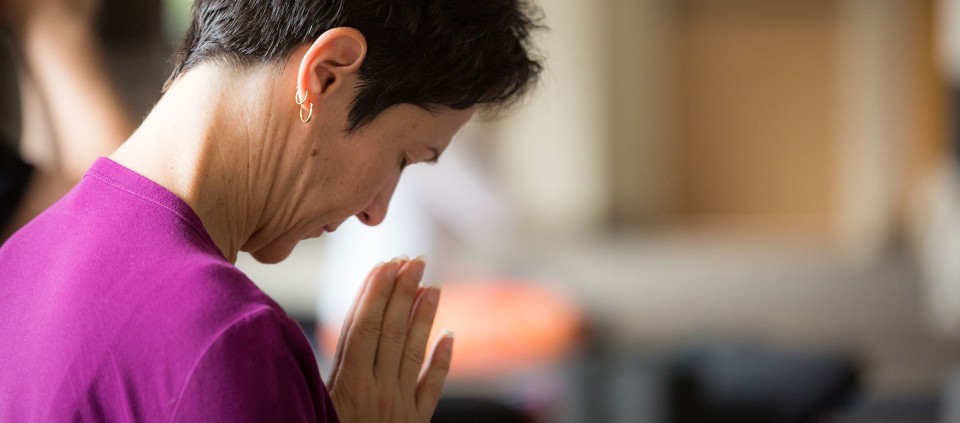Becoming True

Each creature speaks and spells one thing and the same,
‘Myself,’ it speaks and spells, ‘what I do is me, for that I came.’
—Gerard Manley Hopkins
We have but one chance in this form to live the one life only we can create. There is no other person who can bring forward what is true and rich within us. We can choose to be in life as if it is our life to shape, a work of our own art, and in this way bring our fullness alive, or we can choose to become a mimic of someone else’s choices, thus withholding from the world the specific and particular richness that only we can bring to bear.
This choice is deeply potent in a time of recovery as well as in times of ease. One of the realities of return to the world after loss is that there is no one path: because of this we are free to craft our return so that it serves us. Among the great misunderstandings that can make that process even harder is the belief that others are better at it, or that there is a specific formula we ought follow, or by becoming the recipient of life’s arrow shots, we are somehow, at our core, wrong and therefore our choices in how we handle grief or anger or regret are also inherently wrong. As my friend Alex says, there is nothing we can’t make worse through our own critical self-judgment.
What is true, what is ours, in crafting a life as we journey through shadow is just that: what is true for us. We must do our best to discern what is authentic as we journey toward our new normal. There is no healthier posture.
At its core, to be authentic means to be self-authoring, to shape each day as if we were the author of that day and the only story that needed to be written was our own. A few years after the murder of her eldest daughter, a friend of mine founded a Happiness Club in her local town. In another town, about 150 miles north, a friend whose middle son was killed in a car accident in his 17th year, devoted her life to raising money to combat drunk driving by becoming a yoga teacher. A portion of the proceeds from each class goes to support an annual fundraiser in her region against drunk driving. A third friend, bereft of her youngest child, makes a small yearly donation to a garden in her son’s name. What is true for one may not be true for another and a gift exists for each of us in discovering who we are, uniquely, as we find our way back in to life.
That is the first layer of wisdom here.
A second layer: the more deeply we allow ourselves to be organically and fully shaped by experience, becoming the person who has seen and known this sort of uplift or that kind of sorrow, the more we are able to become the person we can and must be, given life’s capricious sculpting. The poet Rilke, in a letter to his wife Clara, describes this insight after having apprenticed himself to the sculptor Rodin for an extended period of time.
“After all, works of art are always the result of one’s having been in danger, of having gone through an experience all the way to the end, to where no one can go any further. The further one goes, the more private, the more personal, the more singular an experience becomes and the thing one is making is, finally, the necessary, irrepressible, and, as nearly as possible, definitive utterance of this singularity.”
To consider our life as a work of art, one that is particular, is to invite in this possibility: that as we journey toward a new normal we are being shaped both by the forces that have pressed their weight upon us as well as by our singular understanding of those forces. If we allow ourselves freedom from other’s expectations of how we ought be doing, or what we ought be doing, we move toward a natural expression of who we can be. As this occurs, we find that intersection that Hopkins pointed us toward, the place where who we are becomes what we do and what we do is inseparable from who we are. Here is where authenticity becomes manifest. Here is where we realize that life is neither something to be afraid of nor controlled, but an element as integral to the sculpting of ourselves as marble is to a statue or paint to a watercolor.
Here, at this juncture, the content of our life and the essence of our being blend and we become true.
Find out about upcoming programs with Maria Sirois at Kripalu.
Excerpted from A Short Course in Happiness After Loss (and Other Dark, Difficult Times), © 2016, by Maria Sirois.
Maria Sirois, PsyD, is a positive psychologist and seminar leader who teaches with wisdom, authenticity, and humor at the intersection of resilience and flourishing.
Full Bio and Programs